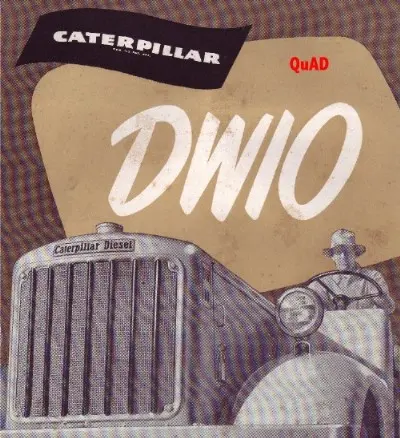Caterpillar DW10

Caterpillar Dw10
Are you looking for the screen that goes in front of the radiator? Do you know if it fits anything other than a DW-10?
Thanks JC4T
That is just what we like to now.
Can you post some measurements?
You need to know ser. no if its a 1V ???? it will take same as om 9U D6 part no. 4F8083, if its 1N???? it has a tapperd grill that seems to be uniuqe to that machine along with its truck type fenders
ONCE AGAIN, GREAT PICTURES QUAD.
THANSK
sorry for the caps, was updating my website.
Its the first typ from ± 1941 so a 1N.
I think I know where a few are, but they're all for buldozers. Since yours is a 1N, Willie says they won't fit.